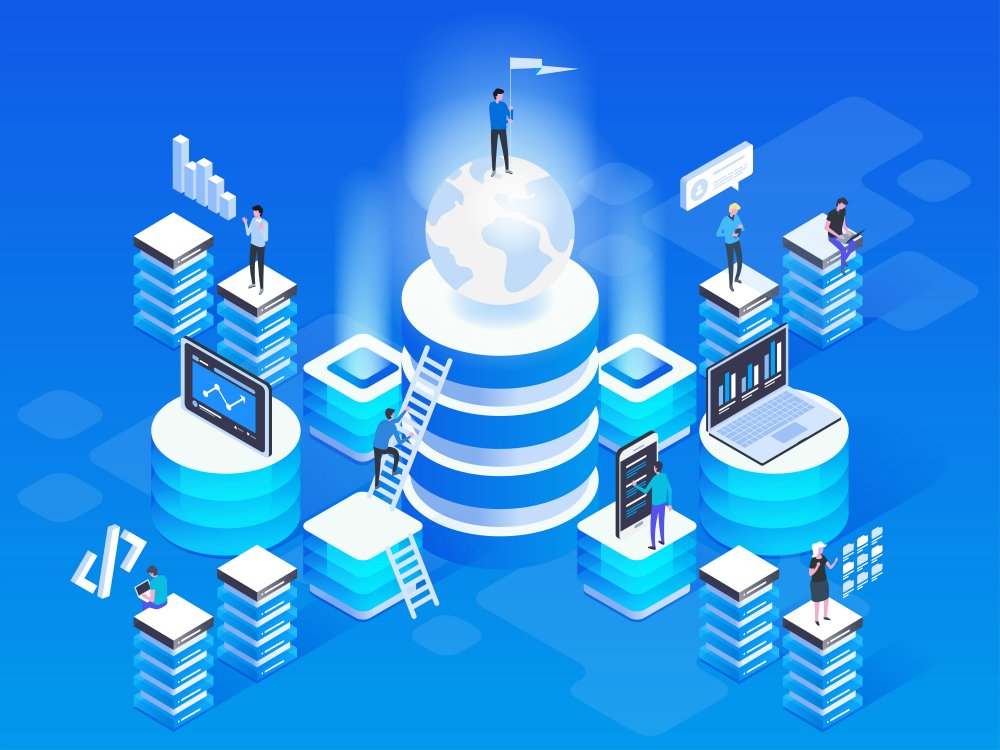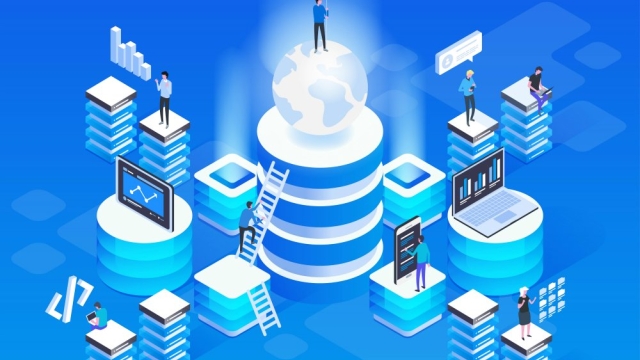In today’s rapidly evolving technological landscape, IT services have become the backbone of businesses across industries. From managing networks and infrastructure to providing support and troubleshooting, efficient and streamlined IT services are crucial for sustained productivity and growth. However, the complexity and ever-increasing demands of modern technology often pose challenges for organizations, making it essential to find ways to optimize and streamline their IT operations. In this guide, we will explore the key strategies and best practices to help you achieve an effective and efficient IT service framework, enabling you to stay ahead of the curve and meet your organization’s technology needs. Whether you are a small business or a large enterprise, this article will provide you with valuable insights and practical tips to streamline your IT services and maximize their impact on your overall operations. So, let’s dive in and unlock the potential of your IT infrastructure for optimal performance and success.
Assessing Your Current IT Services
In order to streamline your IT services, it is crucial to begin by assessing your current setup. This will provide you with a clear understanding of where improvements can be made and how to prioritize them. Here are three key areas to consider when evaluating your IT services:
Infrastructure: Take a close look at your current IT infrastructure, including your hardware, software, and network. Identify any outdated or underperforming components that may be hindering your overall efficiency. Additionally, consider how well your infrastructure aligns with your organization’s needs and future growth plans.
Processes and Workflows: Evaluate the processes and workflows involved in your IT services. Are they well-defined and streamlined, or do they suffer from bottlenecks and unnecessary steps? Look for areas where automation or integration could be implemented to improve efficiency and reduce manual errors. Streamlining these processes can lead to significant time and cost savings.
User Experience: Consider the experience of the end-users who rely on your IT services. Are there any recurring issues or pain points that need attention? Seek feedback from employees and stakeholders to identify areas where improvements can be made, such as enhancing system usability or providing better documentation and support resources.
By thoroughly assessing your current IT services across these areas, you can pinpoint the specific areas that require streamlining to optimize your overall IT operations. Stay tuned for the next sections, where we will delve into strategies and best practices for achieving a more efficient IT service delivery.
Identifying Bottlenecks and Inefficiencies
IT Services play a crucial role in the smooth functioning of any organization. However, it is not uncommon to encounter bottlenecks and inefficiencies that can hinder productivity and affect overall performance. By identifying and addressing these issues, businesses can streamline their IT services to ensure optimal functionality and improve efficiency.
Analyzing System Performance: One key step in identifying bottlenecks and inefficiencies is to analyze the performance of the IT systems. This involves closely monitoring various metrics such as response time, system availability, and resource utilization. By thoroughly assessing these indicators, businesses can pinpoint areas of weakness and better understand the root causes behind any performance issues.
Conducting User Surveys: Another valuable approach to identifying bottlenecks and inefficiencies is to gather feedback directly from the users of the IT services. By engaging with end-users through surveys or interviews, businesses can gain insights into their experiences and identify pain points that may be impacting productivity. Understanding the challenges faced by employees can provide valuable information for optimizing IT services.
Collaborating with IT Support Teams: Effective collaboration with IT support teams is essential for identifying and addressing bottlenecks and inefficiencies. These teams have the expertise to conduct thorough investigations and leverage diagnostic tools to identify issues within the IT infrastructure. By working closely with them, businesses can benefit from their knowledge and experience in resolving problems and streamlining IT services.
Indiana and Wisconsin
By proactively identifying bottlenecks and inefficiencies, businesses can take targeted steps towards streamlining their IT services. Analyzing system performance, conducting user surveys, and collaborating with IT support teams are key strategies that can help organizations optimize their IT infrastructure and unlock greater efficiency.
Implementing Solutions and Best Practices
To effectively streamline your IT services, it is crucial to implement solutions and best practices that enhance overall efficiency and productivity. By following these recommendations, you can ensure that your IT operations run smoothly and seamlessly.
Standardize Processes: Establishing standardized processes is key to achieving consistency and reducing errors within your IT infrastructure. By documenting and implementing clear procedures for various tasks and responsibilities, you can optimize workflows and minimize time-consuming manual efforts.
Automation Tools: Embrace the power of automation to expedite routine IT tasks and eliminate repetitive manual work. Leveraging automation tools allows for increased accuracy, faster response times, and improved resource allocation. Whether it’s automating software deployments, network configurations, or data backups, adopting these tools can significantly enhance the efficiency of your IT services.
Regular Monitoring and Analysis: Constantly monitoring and analyzing your IT systems is vital for identifying bottlenecks, performance issues, and areas for improvement. By implementing robust monitoring solutions, you gain valuable insights into system health, enabling proactive measures to resolve potential problems before they escalate. Regular analysis of performance metrics allows for data-driven decision-making, enabling you to optimize resource allocation and ensure maximum uptime.

Following these solutions and best practices will empower your organization to streamline IT services and optimize overall efficiency. By standardizing processes, leveraging automation tools, and implementing regular monitoring and analysis, you can stay ahead of potential challenges and provide enhanced IT support to your business operations.
